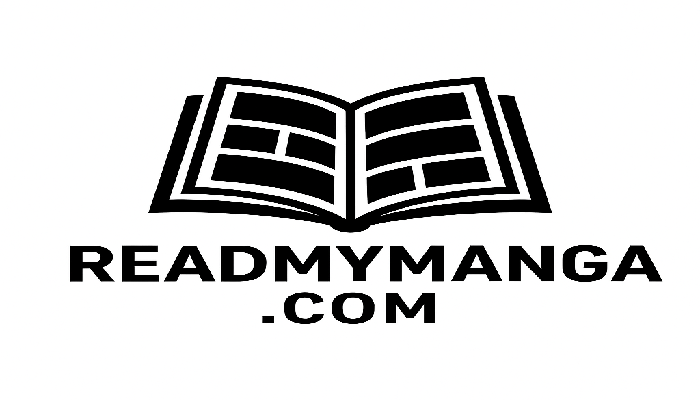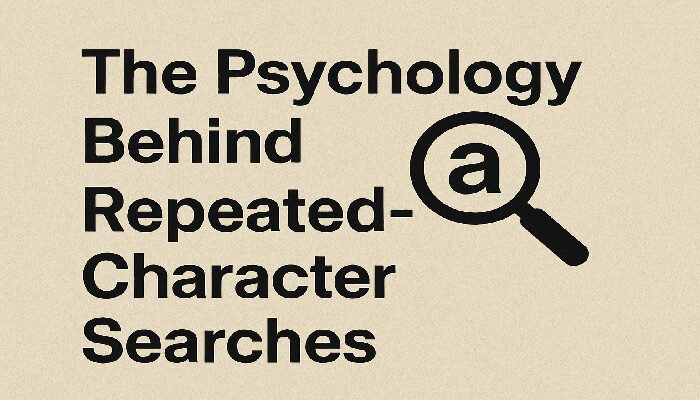Google classroom games When we start Before we begin, be aware of the various digital games and activities that can be found in Google classroom games. The games are made using Book Widgets which is a creation and assessment tool designed for teachers. Through Book Widgets you can create automatic graded quizzes as well as engaging exercises like these learning games.
And, what exactly has this to have to do with Google classroom games? The answer is that Book Widgets offers a seamless integration into Google Classroom. It allows you to make these games interactive directly from your secure Google Classroom setting. Additionally, the outcomes from these games (or widgets) are sent automatically to the Google Classroom where you can provide feedback. The widgets can be used with the Chrome extension or activate the Book widgets extension. Are you wondering how exactly this operates? Find out more here.
In this post, I’ll teach you how to game the learning experience in your Google classroom games with some interactive educational games you could completely add to your lesson plans. As gamification in the field of education is a real possibility I’ll give you a few instances and offer additional lesson plans as well.
9 fun learning games that you can be shared on Google classroom games
1. Bingo
The very first game of learning is Bingo! Make your own graphics or text in the bingo widget of BookWidgets to give the results to your pupils. Each student gets an individual bingo card.
In this case, the teacher announces digital times, and students are required to mark the clock that matches. If a student ticks off 5 times in consecutive rows, they have BINGO!
Then, what else could you make of the bingo game you play in your class?
Definition bingo: Read out the meaning of the word then let the participant identify the word in the game.
Bingo with pictures: Use cards containing pictures of (translated) terms you’re asking for.
Minimal pairs bingo: play two words that change by the same word’s sound (bat + but disc, desk, van + fan, sing + something). ,…) The game of Rhyme Bingo is to announce rhyme with the words that appear in the bingo card.
Decimal Bingo: write decimals on the cards, or you can call out the numbers in a literal manner or in fractions.
Headshot bingo: include pictures and/or the names of every student who are in your class on the card. If you wish, include teachers, staff members, and the principal. ,… and the principal. Call names of people, or offer clues regarding the person you’re talking about.
Check out this blog post that contains twenty more examples of bingo!
2. Crossword
A popular and widely popular teaching game is the crossword. It’s probably played like you would normally that you provide a definition and your students are required to locate the appropriate word. You can observe in this example that follows, a crossword game can exceed it!
Make use of crossword puzzles to:
Science: Learning about the components in the periodic table can be difficult. However, it is definitely more enjoyable to put the names of the elements and symbols into a crossword puzzle.
Geography: Geography also has plenty of names to be remembered cities, countries and continents, mountain areas, continents and rivers. ,… A fun way to solve is a crossword puzzle!
When you’re teaching foreign languages it is necessary to translate. Your students should be able to translate the words you’ve given them into the language that you are teaching.
More lesson ideas? Take a look at this article about Crossword Puzzle.
A final point is that the crossword puzzle comes with an automated grading feature. Students can submit their crosswords that they have completed and have a look at Google Classroom!
3. Jigsaw Puzzle
Add an image, decide how many parts you’d like to create, then generate. That’s it! The process of creating a puzzle using Google Classroom by using Book Widgets is as easy as that!
Jigsaw puzzles are an enjoyable pastime, however, what’s the educational value from this puzzle?
Have your students work on geographical problems about continents or a nation, and the globe. In this way, they can understand which part of the world.
Your students can solve the puzzle of an image which depicts an unusual environment or a historical person. In a geography or history classes students must tell all they can about the location or individual in the photo.
Students can solve the jigsaw of the image. Like, for example, a picture of a bedroom. Students must translate everything they see into a different language. In this way, they can acquire the words.
Learning game puzzle jigsaw within Google classroom
4. Memory
Memory games are designed to help your students improve their in memory. It can also be utilized to create associations. Two birds with one stone.
What is the way you will make use of the memory game?
If one student spots identical pairs They tell the second student about the pair. Students swap turns.
In the event that one student discovers the same pair of shoes They tell the second student their translation. Students rotate.
Students should be able to make connections. Find words that match images Utilize synonyms and oppositions Arithmetic, translations, and their solution, statues that are paired with nations, etc.
Do you want to know the number of times your students played this game? Simply let them complete their results!
5. Randomness
This could be a fun playing game for learning that you’ve not played previously. Include images, numbers, emoticons or words to the wheels. Turn the wheels and take a look at what appears.
Have your students create a narrative that focuses on emojis randomly chosen. It’s a wonderful practice for writing or speaking!
Another option is:
Allow students to construct a valid sentence using the words provided by The randomness tool. For example: You – To speak – Future perfect.
Try out experiments with the probabilities. Play dice or flip coins.
Begin to get acquainted. Include headshots of your pupils in the one wheel and subject such as “hobbies” on topics they must talk about in the next wheel.
Make sure you add numbers to the wheels. Turn the wheel, and allow students to multiply the numbers, divide them, or subtract, or add numbers.
6. Matching pairs
The game is a bit similar to “Memory”. It’s only different is that the students must pair up, but without knowing the location.
Check out the following example:
These are just a few additional associations that you could form:
Words and their interpretation
Images and their transformation
Arithmetic and the solution
Pictures of people as well as the names of their relatives
Pictures of monuments as well as their locations and names.
The word “words” and its definitions
Etc.
Just like this game here you can observe how many times students attempted to pair pairs. So you can tell whether students actually tried to think they knew the pairings.
7. Notice the differences.
Within the realm of education, a variety different things are compared one another. It’s crucial that students be aware of the distinctions. This is what you’re looking for.
Check out this picture. What are the main differences in these two examples?
Game of learning: What’s the difference? within Google Classroom
This is a great idea Here’s a suggestion: Put together two pictures of old-fashioned building styles, and then have students explain what they mean by the different styles. What about the distinctions between animals, plants and vegetations? Regions, old civilizations, ancient cultures Gods, warriors, gods … It’s up to you! it!
8. Hangman
We all have played the entertaining game called hangman. It is often played for energizing purposes or as an activity to fill in the gaps of a lesson. However, it could provide educational benefits also.
Use a hangman game:
To describe you to the world as an educator. What are your interests and favorite meals? Have the class guess.
for introducing a fresh theme or subject
so that students can spell complex words accurately
To summarize an idea or story into a few to summarize a story or topic in a few words. The words you choose to use are key phrases that the students need to figure out
Are you able to guess my favorite snack? I’m learning a game called Hangman that is available in the Google Classroom
9. Word Search
This is a challenging one. A few students are able to find the terms immediately, while others aren’t. The majority of students simply have to search for the words given. But, you are able to add some spice!
The majority of science-related subjects have lots of terms to master. Word search puzzles work to introduce the scientific terms in an engaging manner.
What about geography? Names of countries, continents cities, rivers, mountains … Provide the country’s capital and allow students to search for that country with the search box.
Students who are teaching languages may look up translations of a given word.
The younger pupils can look up the correct spelling of the number and learn how to write the number.
Are you curious about the number of terms students came across? Let your students bring their homework to you. You’ll determine.
In conclusion,
incorporating games into google classroom games can be a powerful way to enhance student engagement, promote active learning, and reinforce concepts. Quizizz, Kahoot!, Quiver, Breakout EDU, and Gimkit are just a few examples of the many games available that can be integrated into the Google Classroom experience. These games provide an interactive and enjoyable learning environment, fostering student participation and making the virtual classroom experience more engaging and memorable.
Related post,
Unblocked Games
kof mugen element vs o. kyo kusanagi lv2
Yandex Games
Minesweeper
2 player games unblocked
Unblocked games 911
Tyrone’s unblocked games
Majdouline Aslan Call Of Duty







